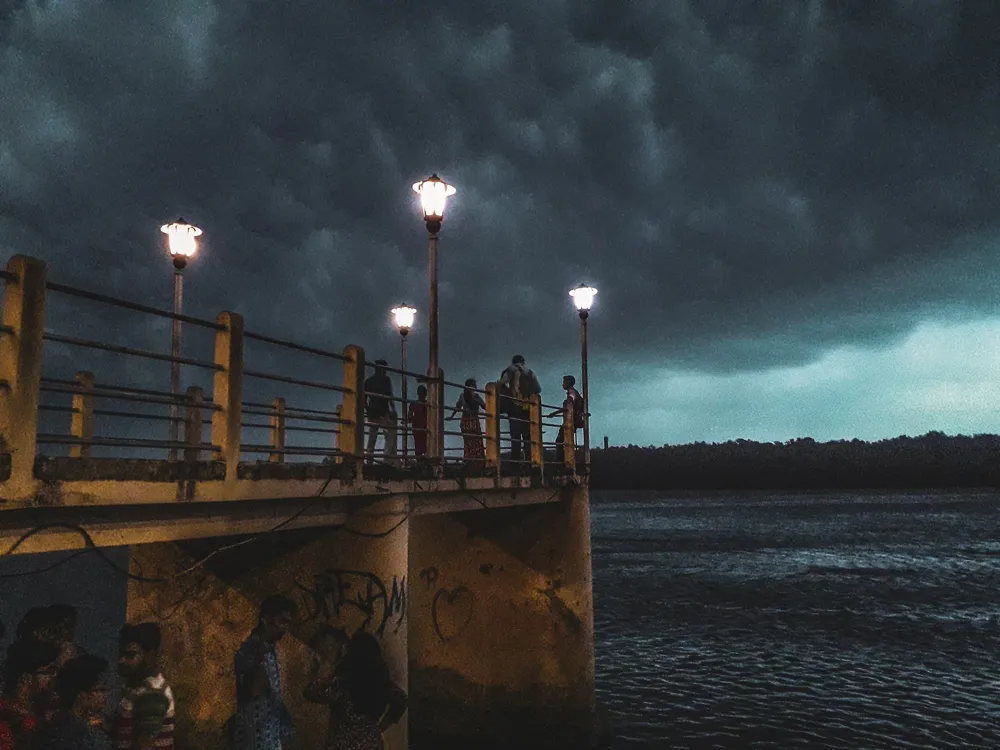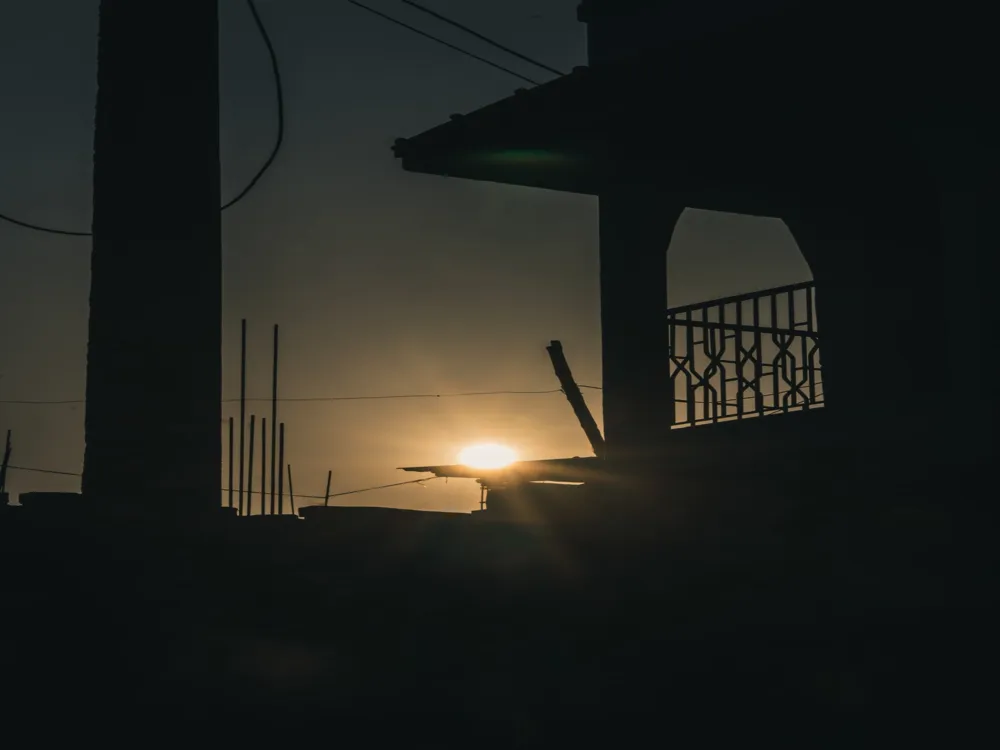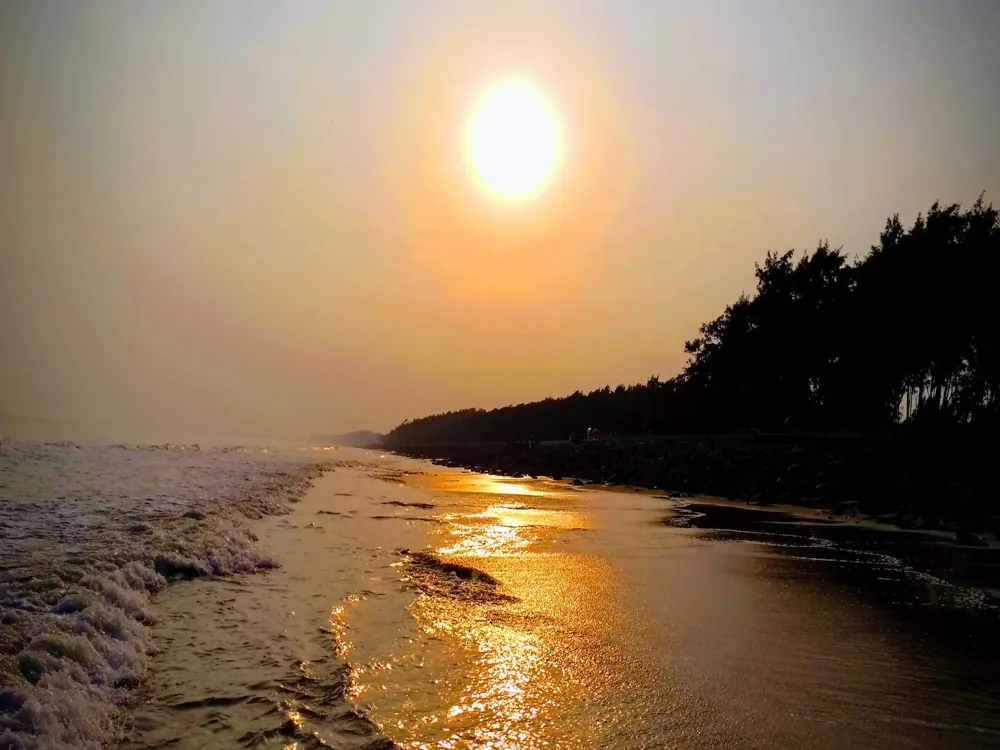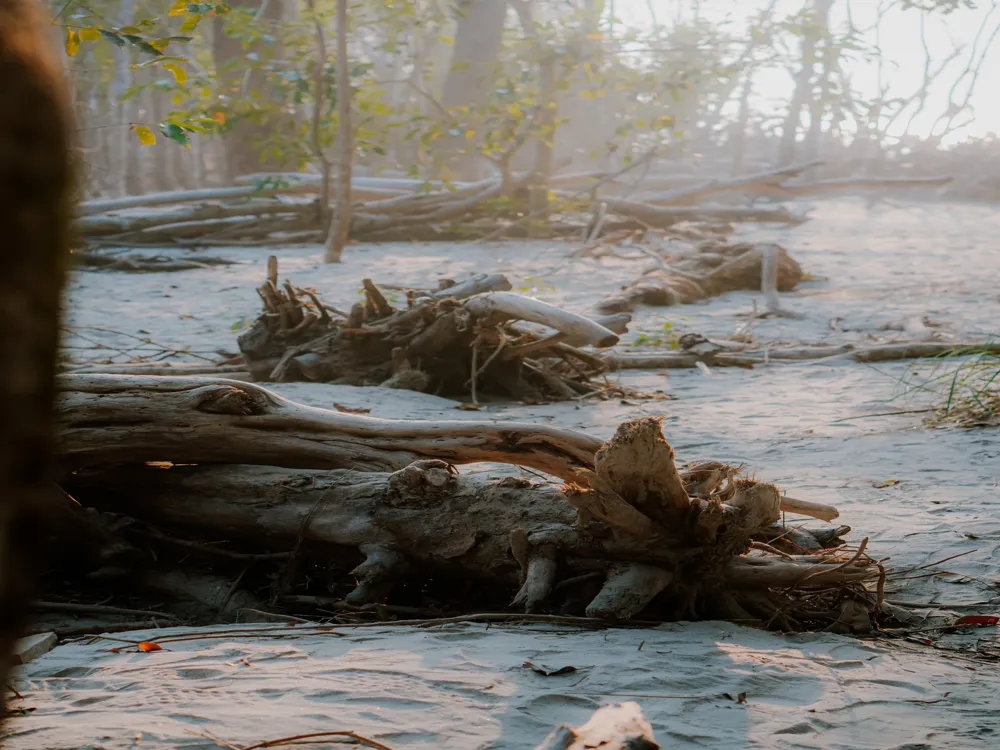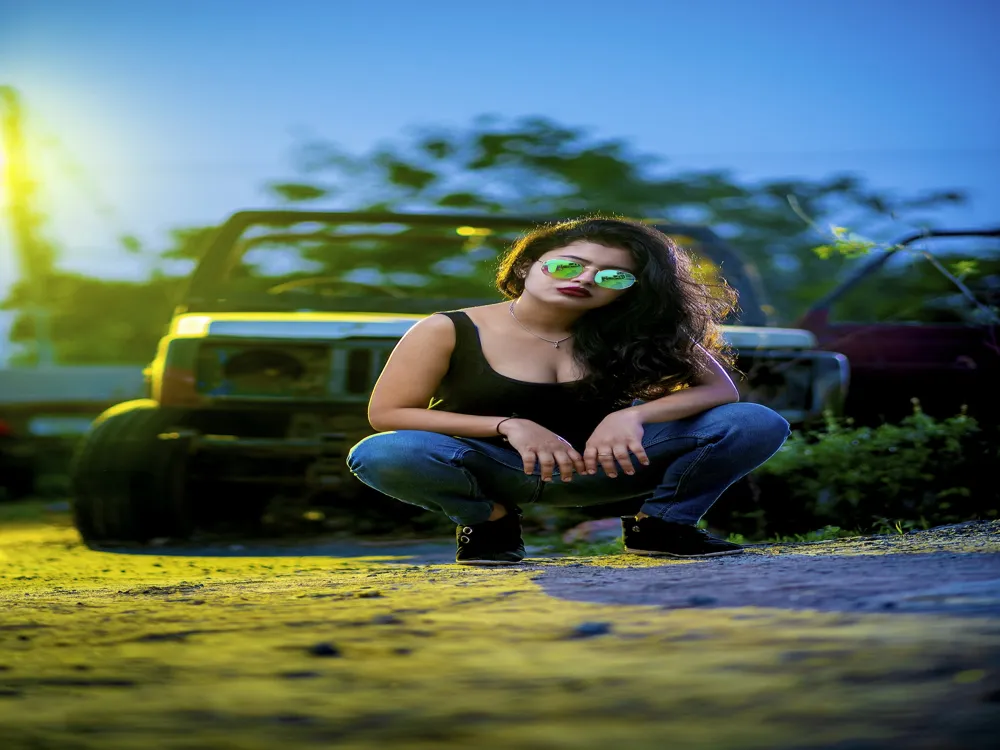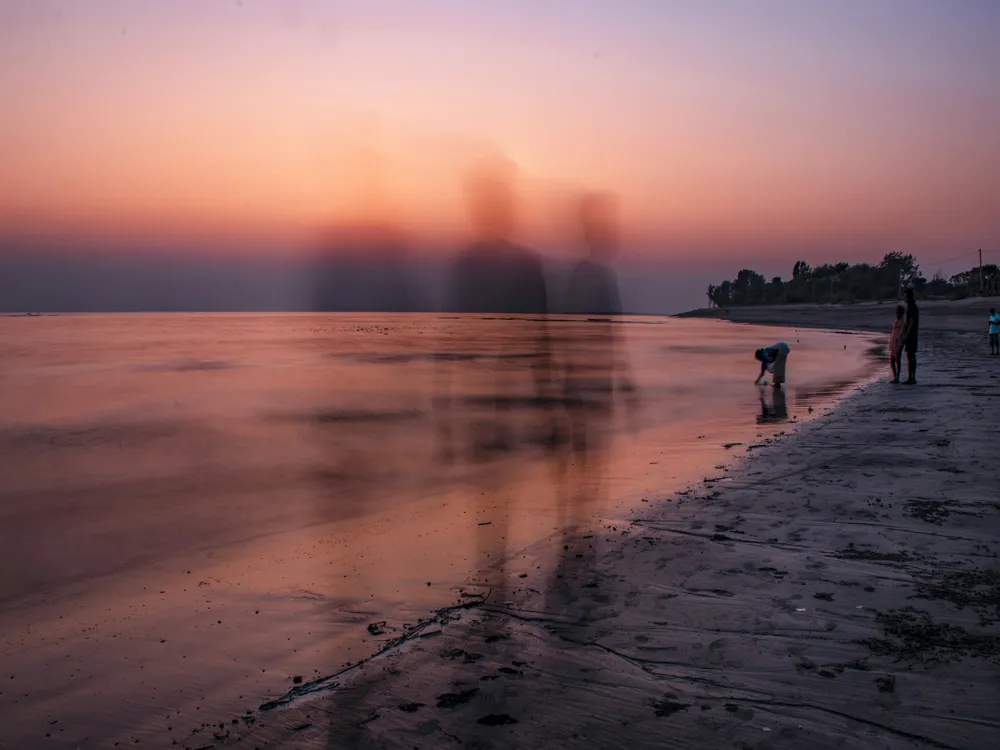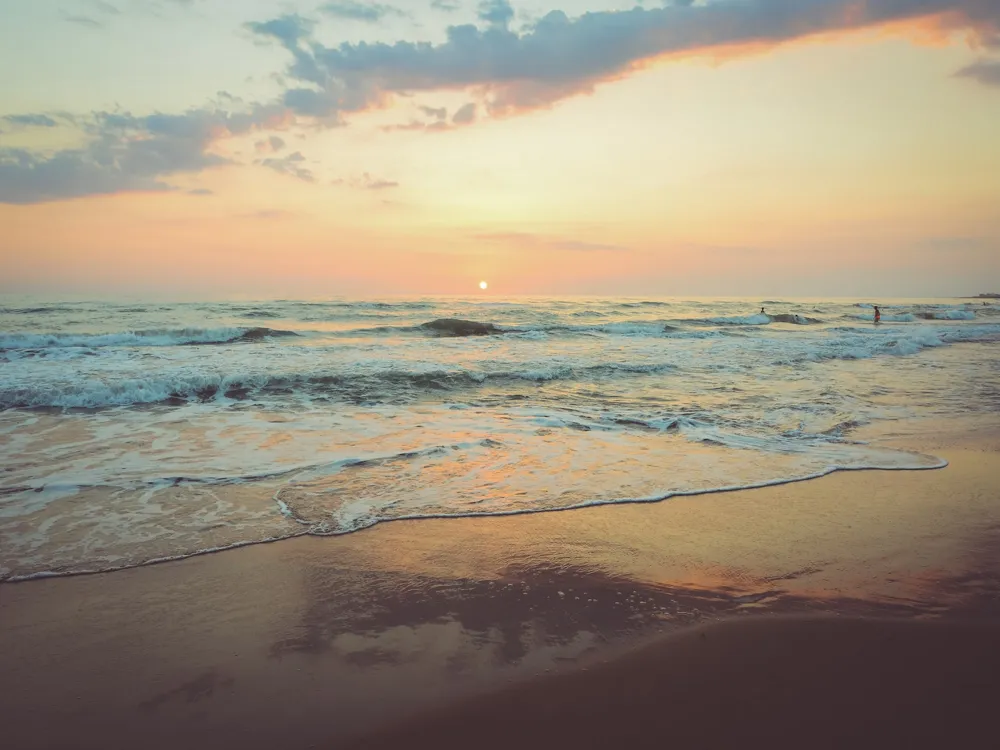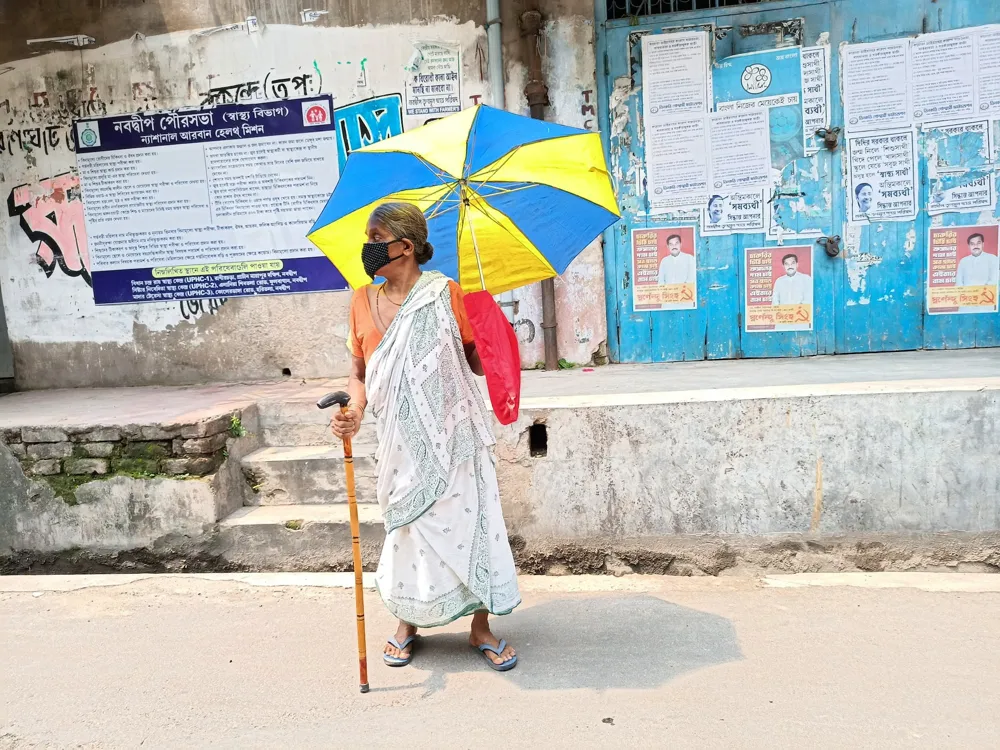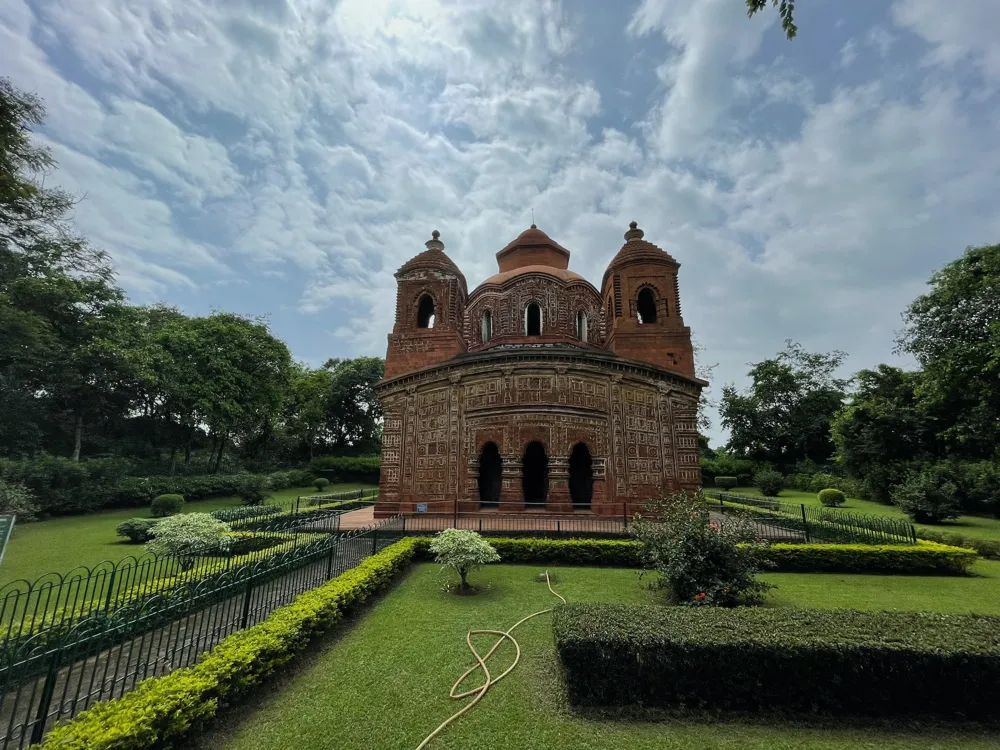The Dakshineswar Kali Temple, a revered shrine located in Kolkata, West Bengal, stands as a beacon of spirituality and cultural heritage. This temple, dedicated to Goddess Kali, is not just a place of worship but a symbol of faith that draws millions of devotees from across the globe. Founded in 1855 by Rani Rashmoni, a prominent figure in Bengal's history, the temple's inception is as intriguing as its architecture. The divine guidance in a dream that led Rani Rashmoni to construct this temple adds a mystical aura to its existence. Situated on the eastern banks of the Hooghly River, the temple offers a serene ambiance, harmonizing the spiritual and the natural world. As you step into the temple complex, you are greeted by the sight of the traditional 'Nahabat Khana', where musicians used to play devotional music. The main temple, housing the idol of Goddess Kali, known as 'Bhavatarini', stands majestically with its nine spires that reach towards the sky, symbolizing the essence of divine presence. The sanctum is surrounded by twelve identical Shiva temples, laid out in a row along the river, embodying a deep sense of harmony and balance. The large courtyard, the bathing ghat, and the adjoining rooms for visitors and priests all tell stories of a rich historical past intertwined with spiritual practices. The Dakshineswar Kali Temple is not only a religious site but also a place of social reform. The temple's association with Sri Ramakrishna Paramahamsa, a mystic and yogi during the 19th century, adds to its historical and spiritual significance. His teachings and life's work, much of which unfolded within these very grounds, have had a profound impact on the religious and philosophical landscape of India and beyond. The temple thus stands as a testament to his spiritual journey and his pivotal role in the religious reawakening of India during a time of British colonial rule. Beyond its religious significance, the temple is a masterpiece of architecture. The traditional 'Navaratna' or nine spires style of Bengal architecture is evident in its design, symbolizing the elements of the universe. The intricate terracotta work, depicting scenes from Indian mythology and the life of Krishna, is remarkable for its detail and artistry. This fusion of art, spirituality, and architecture in the Dakshineswar Kali Temple makes it a site of unparalleled beauty and sanctity. Visiting the Dakshineswar Kali Temple is a journey into the heart of Bengal's religious culture. It is a place where the spiritual and the earthly merge, offering a unique experience that resonates with peace, devotion, and historical richness. Whether you are a devotee, a history enthusiast, or a lover of architecture, the Dakshineswar Kali Temple is a destination that offers a profound and unforgettable experience. The Dakshineswar Kali Temple, a hallmark of Bengali architecture, stands as a magnificent example of the 19th-century architectural style. The temple, sprawling over 25 acres, exhibits a blend of traditional Bengali and Victorian architectural elements, making it a unique and captivating structure. The main temple, dedicated to Goddess Kali, is an epitome of the 'Navaratna' or nine spires style of Bengal architecture. These spires, soaring towards the heavens, are symbolic of the ascent to a higher spiritual plane. The temple, built in 1855, reflects the architectural and cultural ethos of that period, intricately tied with the religious sentiments of the people. The temple complex consists of the main shrine of Goddess Kali, twelve identical Shiva temples, a Radha-Krishna temple, a bathing ghat on the Ganges, and a spacious courtyard surrounded by rooms that once served pilgrims and priests. The main temple is built on a high platform with a flight of stairs, symbolizing the elevation from the mundane to the divine. The sanctum sanctorum, where the deity resides, is an artistic marvel, with intricate floral motifs, scriptures, and depictions from Indian mythology adorning its walls. The twelve Shiva temples, aligned in a row, add a unique symmetry to the temple complex. These temples, each housing a 'Shivalinga', are built in the 'Aat Chala' Bengali style, characterized by a roof with eight slopes. This architectural feature provides a rhythmic beauty to the overall layout of the temple complex. The Radha-Krishna temple, another significant structure within the complex, epitomizes the fusion of love and divinity, a central theme in Bengali religious practices. The intricate terracotta work, a distinguishing feature of Bengali architecture, is vividly showcased on the temple walls. These terracotta panels narrate stories from the Indian epics, such as the Ramayana and the Mahabharata, along with scenes from the life of Lord Krishna. The fine craftsmanship not only adds to the aesthetic appeal of the temple but also serves as a medium of storytelling, depicting various facets of life and spirituality. The Dakshineswar Kali Temple’s architecture is a testament to the skill and artistry of the Bengal artisans of the 19th century. It stands not just as a religious structure but as a cultural landmark, embodying the spiritual, artistic, and architectural heritage of Bengal. The harmonious blend of the earthly and the divine in its design and structure makes it a place of profound spiritual significance and an architectural marvel worth experiencing. Visitors should dress modestly, covering shoulders and knees, as a sign of respect in this sacred place. Check the temple's worship schedule beforehand to plan your visit during the quieter hours, usually early morning or late afternoon. Photography may be restricted in certain areas of the temple. Always ask for permission or look for signage indicating photography rules. Be respectful of the rituals and practices in the temple. It's important to observe and not interfere with the worshipers. Footwear is not allowed inside the main temple complex. There are facilities available to store your shoes safely. Be cautious of touts or unofficial guides who may try to overcharge or mislead you. It's best to use authorized guides or services. The climate can be hot and humid, especially during summer. Carry water with you to stay hydrated during your visit. It's a place of worship, so maintain decorum and avoid loud conversations or inappropriate behavior. Dakshineswar Kali Temple is easily accessible from various parts of Kolkata. The temple is well-connected by road, rail, and river, making it convenient for visitors to reach the site. By Road: The temple is connected by the B.T. Road (Barrackpore Trunk Road), and there are regular bus services from different parts of Kolkata to Dakshineswar. Taxis and app-based cab services are also readily available for a more comfortable journey. By Rail: Dakshineswar has its railway station, which is a part of the Eastern Railway's suburban network. Trains from Sealdah and other major stations in Kolkata frequently ply to Dakshineswar, making it a convenient option for visitors. By River: A unique and serene way to reach the temple is by boat. Regular ferry services are available from Belur Math, another significant religious site, to Dakshineswar. This river journey offers a picturesque view of the Hooghly River and its surroundings. By Metro: The upcoming extension of the Kolkata Metro will include a stop at Dakshineswar, further easing access to the temple. This will provide a fast, affordable, and convenient mode of transport for visitors from different parts of the city. Once you reach Dakshineswar, there are ample facilities for parking and accommodation, should you wish to stay overnight. The temple's proximity to the city also allows visitors to combine their trip with other attractions in Kolkata. Read More:Overview of Dakshineswar Kali Temple in Kolkata, West Bengal
Architecture of Dakshineswar Kali Temple
Tips When Visiting Dakshineswar Kali Temple
Dress Appropriately
Be Mindful of Worship Timings
Photography Restrictions
Respect Cultural Norms
Footwear Policy
Be Aware of Scams
Stay Hydrated
Respect the Sanctity of the Place
How To Reach Dakshineswar Kali Temple
Dakshineswar Kali
Kolkata
West Bengal
NaN onwards
View kolkata Packages
Weather :
Tags : Temple
Timings : 6:00 AM - 12:30 PM and 3:00 PM - 9:00 AM
Cost : No Entry Fee
Planning a Trip? Ask Your Question
Kolkata Travel Packages
View All Packages For Kolkata
Top Hotel Collections for Kolkata

Private Pool

Luxury Hotels

5-Star Hotels

Pet Friendly
Top Hotels Near Kolkata
Other Top Ranking Places In Kolkata
View All Places To Visit In kolkata
View kolkata Packages
Weather :
Tags : Temple
Timings : 6:00 AM - 12:30 PM and 3:00 PM - 9:00 AM
Cost : No Entry Fee
Planning a Trip? Ask Your Question
Kolkata Travel Packages
View All Packages For Kolkata
Top Hotel Collections for Kolkata

Private Pool

Luxury Hotels

5-Star Hotels

Pet Friendly













